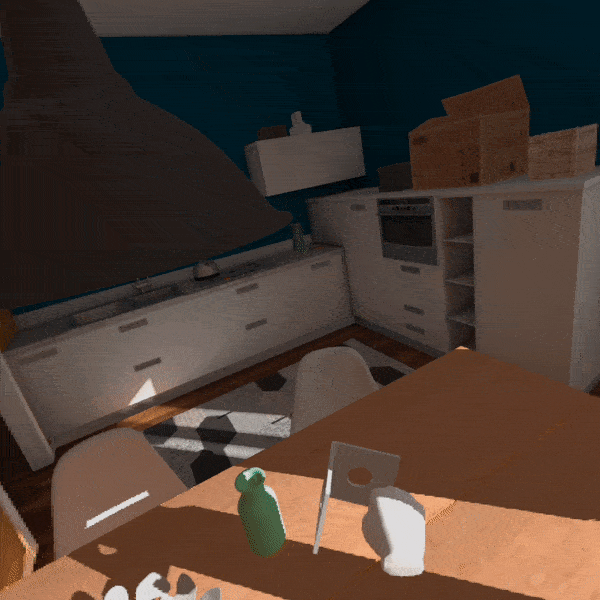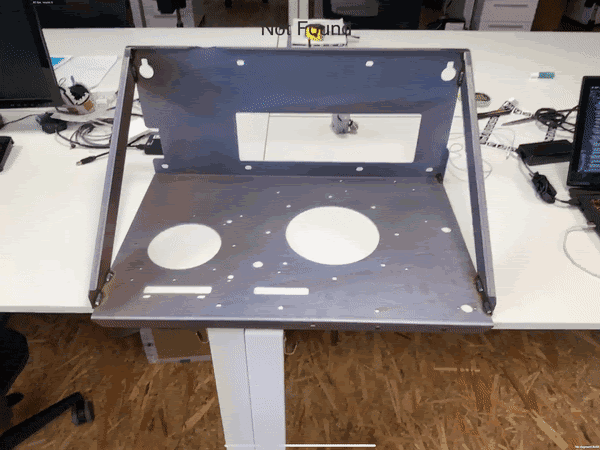XR Training
With XR training, you can learn with all the potential of Virtual Reality and Augmented Reality.
Corporate Training
The great advantage of Immersive Technologies lies in their ability to recreate distant environments and contexts. That is especially useful when we need corporate training to avoid adverse events. However, traditional training often has some limits because there is a significant difference between theory and practice. We have all learned to deal with so-called “fire drills” or to secure ourselves in the event of earthquakes. Yet, we find it hard to apply what we learned when the event occurs.

That happens because experience brings an emotional dimension that theoretical teaching does not have, as demonstrated in the case of Lares Italia: a Virtual Reality training experience designed for people who live in earthquake-prone areas. The aim is to teach people behaviours that protect them in the event of earthquakes. The project allows users to experience the earthquake firsthand, involving sight and sound. In this way, users feel like they are in the described situation and learn the recommended behaviours with greater involvement.
Immersive Learning in the Workplace
In the manufacturing and industrial sectors, there are several situations where operators need to work in dangerous conditions. These situations require ad hoc training programs to prepare and sensitize operators on the minimum safety standards to be respected. If we think of people who work with emotional stress or with dangerous machinery, it becomes clear how training must be as realistic as possible. The more it is effective, the more it conveys the feeling of living in that exact situation.

XR Technologies achieve these objectives. They allow remote training while overcoming the limits of physical distance. Immersive Technologies recreate the exact contexts in which workers will find themselves and allow them to practice concretely. With XR Training, workers find themselves in dangerous situations without risking their safety.
For example, firefighters can learn to manage stress, and workers can arrive at construction sites prepared, having already virtually experienced any possible adversity. Or, technicians working in the production department of an industry can learn to manage complex machinery through VR experiences and Augmented Reality applications.
Examples of XR Training
The Nokia project is a VR experience for telecommunications operators to get them used to working on very high scaffolding. Immersive Technologies give the sensation of really being in specific situations, allowing people to gain experience and, above all, to learn in the field.

Walmart’s VR training is a great example of how Immersive Technologies can overcome distance and ensure consistent training for all employees regardless of location. By using VR to simulate scenarios that the employees may encounter on the job, Walmart can ensure that everyone receives the same high-quality training while creating a more engaging and memorable learning experience. Furthermore, by using VR to train employees on the company’s values and culture, Walmart ensures that all its representatives embody these values while working.
